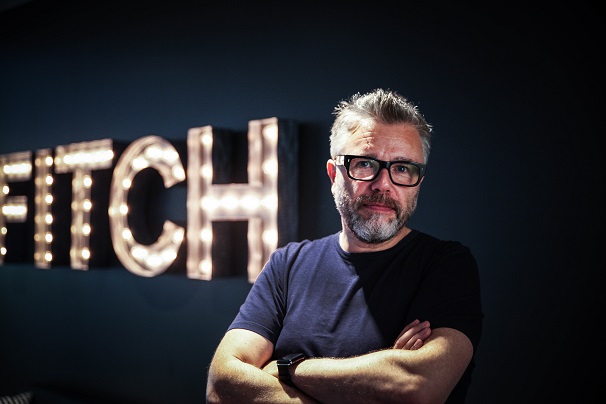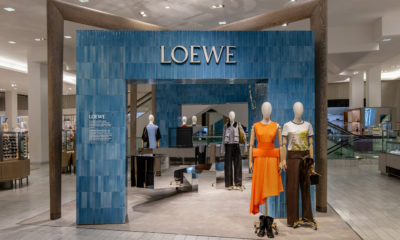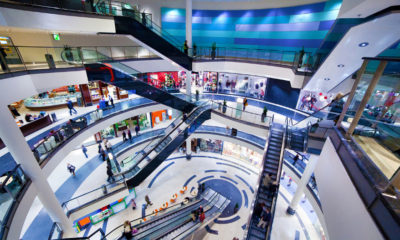In a cynical world, where we know store assistants are trained to ask how customers are and wish them a “great day,” what does “service” actually mean, and why should we care?
We’ve been interviewing business leaders around the world about the shifting dynamics of service. They know it’s fast becoming the priority, but they also know it’s changing. Here are some of the things we heard:
“Service used to be given as a privilege. Now it’s demanded in expectation.” – Makism Demidov, Merchandising Director, Leroy Merlin (Lezennes, France).
“Service used to be a side-dish … it’s now the main course.” – Stephanie Choi, Global VP Retail, Samsung (Seoul).
“We should ask ourselves – how do people want to spend 30 minutes versus what do they want to buy?” – Steve Lewis, CMO, M.video (Moscow).
Service is more than just courtesy and politeness, it’s enabling the customer to experience time, how they choose to, in a way that best suits their needs and desires. So, rather than asking, “How are you today?” they should really be asking: “How can we give you the best 30 minutes of your day?”
Advertisement
Shopping isn’t about, “What can I buy from you?” anymore, it’s about, “What can you help me achieve?” We strive for brands and consumers to make real, empathetic connections online, mobile and in-store; this isn’t simply transactional this is something emotional – a customer’s desire to continue a relationship.
Service, if seen through these eyes, isn’t cynical, it isn’t an expected add-on to a sale, it’s central to both the retail proposition and to the value of ongoing loyalty and brand love.
Another thing to bear in mind is that the period of time from initial courtship of customers to building a relationship into familiarity, is becoming increasingly shorter. It’s clear how technology is helping with this, but constant connection to your phone also has its shortcomings – on its own, technology is not enough … we still crave human interaction.
Fitch has a cool concept called “Aprons & Algorithms.” Algorithms remove the pain points and make things frictionless, while Aprons reintroduce some of the friction; add some ”stickiness” and then add the humanity. The “stickiness” can be the emotion, the richness, the texture of an experience. It’s where service becomes the glue to hold the attention and the desire together.
It’s these emotional experiences that will make brands stand out in the future. Because shoppers won’t be coming for the retail, they’ll be coming (and returning) for the service.
With more than 25 years of experience in retail design, Andy leads creative, multi-disciplinary teams in strategic, omnichannel thinking to deliver exemplary solutions across a varied array of retail sectors for Fitch. Fascinated by emotionally connected, end-to-end customer journeys, leading to game-changing, innovative customer experiences with clients that include Tesco; Norwegian supermarket chain Meny; auto specialist Halfords; Dixons Carphone; TSB Bank; fashion retail with G-Star and Replay; luxury home with Harrods; big-box DIY with Wickes; travel retail stores Dufry and World Duty Free; as well as pop-up Kindle stores for Amazon in the U.S.
Advertisement
In addition to working on the agency side for most of his career, Andy has also worked in-house, creatively directing a pivotal, new approach to the retail landscape with the U.K.-based supermarket Tesco. Working the client side gave Andy new insights into how large retailers function and how best to approach large format design across three dimensions, such as planning, product adjacencies and communications; as well as considering brand experience into customer experience.


 Headlines6 days ago
Headlines6 days ago
 Headlines2 weeks ago
Headlines2 weeks ago
 Headlines1 week ago
Headlines1 week ago
 Headlines2 weeks ago
Headlines2 weeks ago
 John Ryan2 weeks ago
John Ryan2 weeks ago
 Headlines2 weeks ago
Headlines2 weeks ago
 Sector Spotlight1 week ago
Sector Spotlight1 week ago
 Headlines2 weeks ago
Headlines2 weeks ago















